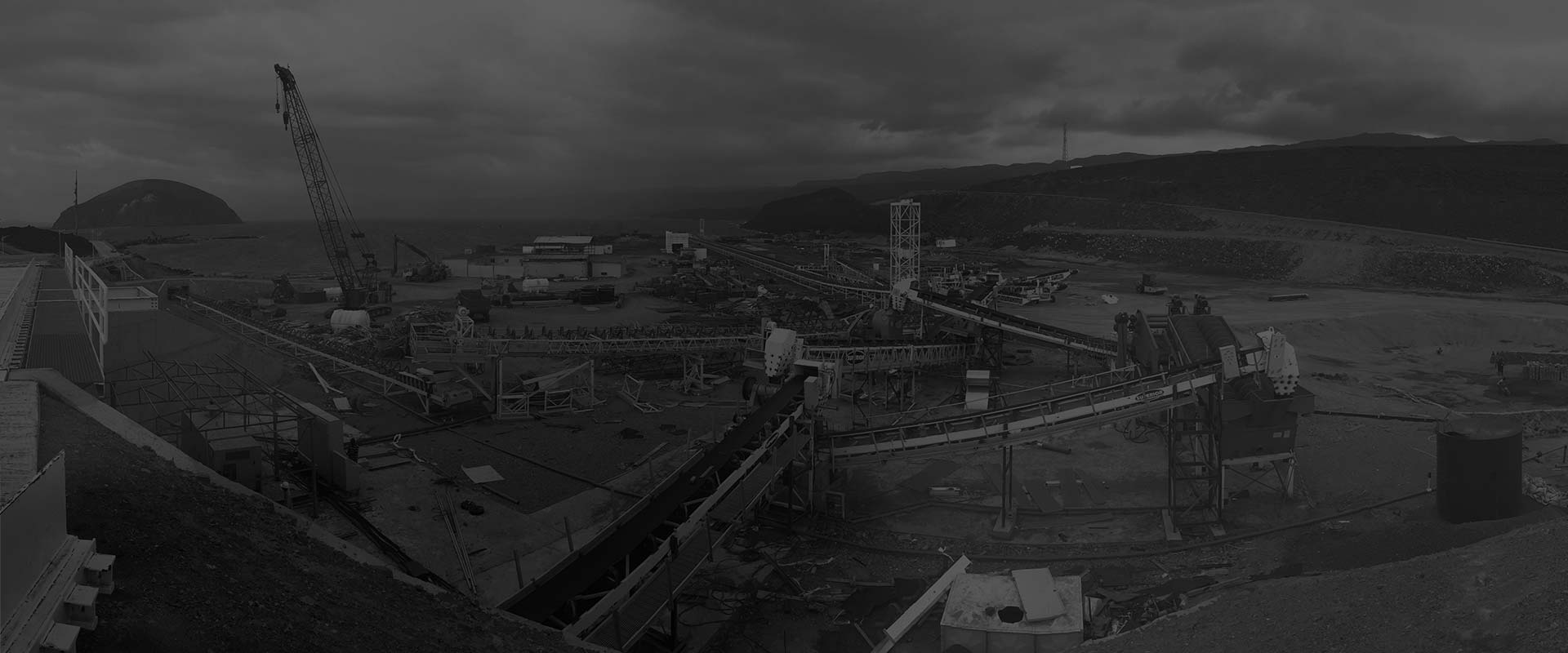0086-379-64087240
Cement is a common building material, which is in the form of fine powder, and limestone and clay are the main raw materials. During the processing, it needs to go through crushing, grinding, selection, heating, and transportation. The indispensable equipment in the entire production process is the cement rotary kiln. This equipment is mainly the key equipment in the dry and wet cement clinker production line. Now, let's take a detailed look at the rotary kiln for cement.
Cement rotary kiln is a high-quality equipment. It is based on the introduction of mature foreign technology and also investigated many rotary kiln manufacturer. It is designed and developed based on the actual production conditions of cement and combined with some mature foreign technologies. Its technology is mature, and its application range is extensive, which can be used in the construction, building materials, chemical, metallurgical-metallurgy rotary kiln, and other industries.
The material enters the kiln from the tail (the high-end of the cylinder) for calcination. Due to the inclination and slow rotation of the cylinder, the material rolls along the circumference direction and moves axially (from the high-end to the low-end), completing the process of decomposition and firing in the kiln. After physical and chemical changes, the material is discharged from the kiln hood. The fuel is injected into the kiln from the kiln head and burned to generate waste gas, which exchanges heat with the material and is discharged from the kiln tail.
Simple structure and stable performance. The structure is simple, the system has good sealing effect, and it can make full use of waste heat. The environmental protection and dust removal are simple and effective. It adopts advanced hydraulic locking device, high-precision plunger pump with high metering accuracy, high-precision speed regulating valve, and contact graphite block sealing device.
Low consumption and high production, high operation rate. Low energy consumption, high output, stable performance, and wide application range. Simple, convenient, and reliable operation can improve equipment operation rate and production capacity.
The overall structure of kiln design is relatively simple and reasonable, and the structure is novel and special. It adopts a horizontal structure, and the installation and operation are simple and convenient.
Both the kiln head and kiln tail of the equipment use a mature flexible sealing device system, which has good sealing performance, less dust pollution, low noise, and remarkable environmental protection effect.
The equipment is easy to install and takes up less space. It has a high degree of automation, and the investment in infrastructure and labor is greatly reduced, which can save cost for users.
High production efficiency, large processing capacity, and cast with high-quality raw materials, it has stable and reliable operation, low failure rate, and long service life.
The material in the internal heating rotary kiln directly contacts with the flame and flue gas, and oxidation or reduction atmosphere can be achieved by adjusting. The lining of the cylinder inner wall is made of refractory bricks, and the lining in the head and tail hood is high-strength and wear-resistant castables. Between the hood and the cylinder body, there is a flexible sealing to eliminate dust and leakage. Multiple support structures can be adopted to achieve a cylinder length of 60 meters, and the maximum operating temperature can reach 1600℃. The production capacity is large, and it is suitable for fuels such as liquefied gas, natural gas, gas, fuel oil, coal powder, and coal.
The material in the external heating rotary kiln does not directly contact with the flame and flue gas, and the heat source is between the heating furnace and the cylinder. The material is heated by heat transfer through the heat-resistant steel cylinder wall. The lining in the heating furnace is made of refractory fibers, which can save energy and reduce consumption. Due to the heating mode and cylinder material limitations, the generally cylinder length is less than 15 meters, and the heating temperature is less than 1200℃. The production capacity is small, and it is suitable for heating methods such as electric heating, gas, fuel oil, and coal.
